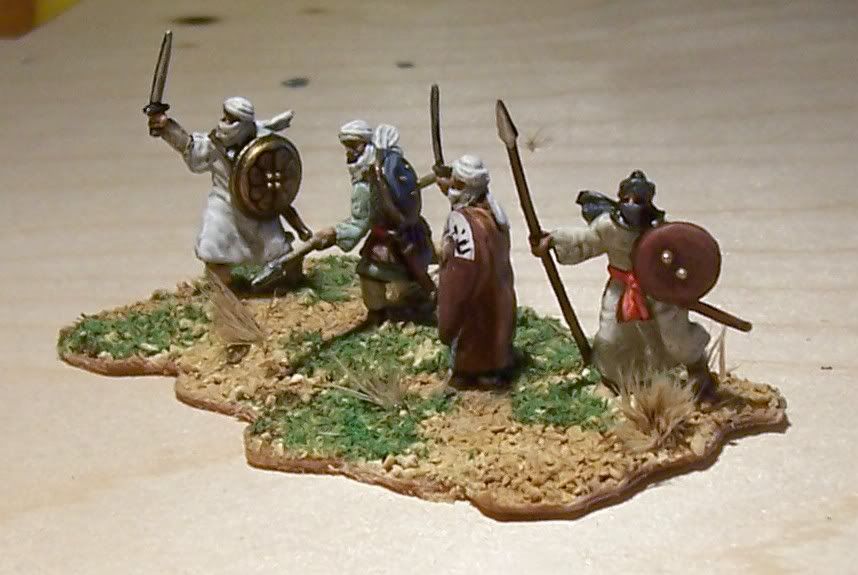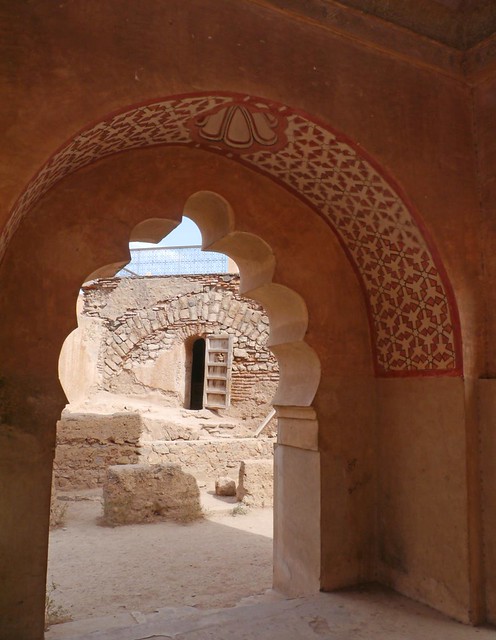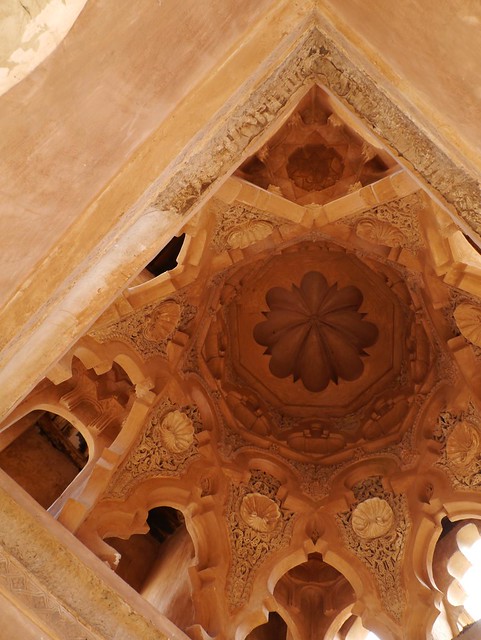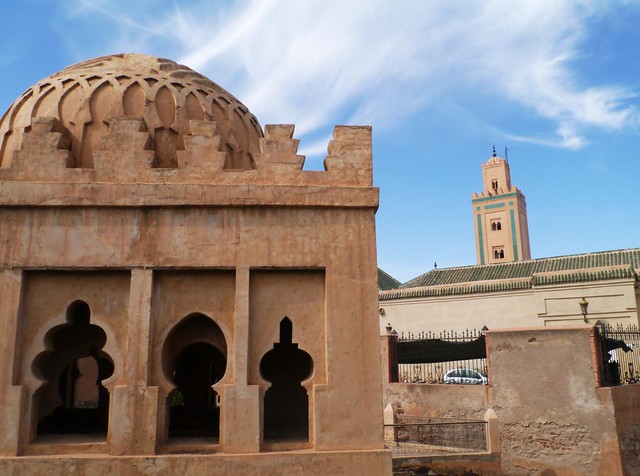Almoravid dynasty (v.1060-1147) Almoravids.







Map of the empire of the Almoravids
The Almoravids came from the Berber tribes of Sanhadjas Lamtounas and Guzzalas that nomadic in the Sahara desert between the Mauritanian Adrar and Tafilalet30, 31.32. These warrior tribes are structured in a powerful religious movement, led by the preacher Ibn Abdullah Yassin. Their goal is to bring the Sunni Maliki rite to the fullest extent of the Muslim West (Al-Andalus and North Africa) 32. Just their name and their al-Murabitoun, that is to say fighters Ribat, a stronghold of the holy war against their enemies drawn animists. The Almoravids were victorious in their war against the kingdoms of Tekrour black and Ghana. They seize and Ghana and its capital Aoudaghost, with all the gold produced by this country and come back to the caravan routes to the north, in the years to Tafilalet 1050, where they put an end to the existence the kingdom of Sijilmassa. Their heads are successively Abu Bakr Ibn Omar Youssef Ibn al Lamtouni then Tachfin32.
The war between the Almoravids and Zenetes. Banu Ifren Maghraoua and then lose all power after the victory of the Almoravids. This is Youssef Ibn Tachfin who founded Marrakech in 1062, initially single nomad camp destined to become the capital of an empire. The Almoravids are disappearing in the areas they control all the doctrines they suspect of heresy. Thus they suppress Shi'ism in the Souss and they destroy the kingdom that flourished Berghouata in the central plains of Tamesna (corresponding to the current regions Doukkala-Abda and Mpumalanga) and Tadla. Throughout the Almoravids impose the strictest Sunni Maliki, as taught by the theological schools of Medina and Kairouan. This unification of two religious political unification. The Almoravids and extend their conquests until the central Maghreb, bordering the kingdom Hammadid.
In 1086, Youssef Ibn Tachfin called by the kings of the Taifa Al Andalus, crossed the Straits of Gibraltar at the head of his forces composed of Saharan nomads and warriors Sanhadjas African Bilad as-Sudan, and thus able to break the offensive of the King of Castile Alfonso VI Zallaqa (Battle of Sagrajas). The Almoravids put an end to the reign of wrens, exiled Emir of Seville Ibn Abbad Al Mutamid and that of Granada, Abdullah bin Bologhin to Aghmat near Marrakech. They unify and Al-Andalus, which is incorporated into their empire from 1090. However, they fail to recover Toledo fell to the Castilians in 1085. Youssef Ibn Tachfin, who took the title of Emir of Muslims (but not the caliph, considering the privilege vested in the Abbasids) rule on a geopolitical entity stretching from Senegal to the edge of the Pyrenees and the Atlantic coast until 'in Algiers.
Christian and Muslim troops in Al-Andalus under the Almoravids
Interior view of the dome Almoravid Qubbat Barudiyin (1120) to Marrakech
The Almoravid domination is manifested by a symbiosis identities Andalusian-Maghreb and West Sahara, paving the way for the emergence of a Moorish civilization. Buildings remaining in Marrakesh, Tlemcen and Algiers thus show a strong influence of Andalusian art school (legacy Umayyad and Taifa) adapted to the taste Berber. In the economic sphere, the Almoravid state is distinguished by its control flow of gold, which controls the production areas and routes, Ghana the Mediterranean. The gold dinar Almoravid marabotin called, runs on all major commercial markets as currency.
After the death of Ibn Youssef Tachfin in 1106, his son Ali Ben Youssef succède32 him, but the dynasty is already challenged both in Spain and Africa. The ruling family is indeed taste the pleasures and delights of refined court life. At the same time, people undergo rigorous dictatorship cadis Maliki and abuses of local military leaders who exercise their origin Sanhadja command from Moroccan and Andalusian cities. Such a situation encourages widespread discontent across the great Almoravid kingdom.
morocco culture,moroccan food,morocco food,moroccan cuisine,morocco beaches,moroccan meal,beaches in morocco,moroccan culture,hercules cave,hercules cave morocco